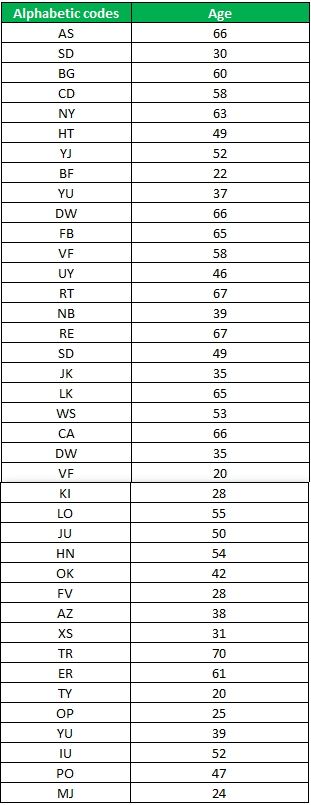

you could also treat the start of the interval as the mode via h$breaks. A function for mean, count, standard deviation, standard error of the mean, and confidence interval Instead of manually specifying all the values you want and then calculating the standard error, as shown above, this function will handle all of those details. Instead of manually specifying all the values you want and. Now we treat the midpoint of the bin interval that has the maximum count within it as the mode h $mids A function for mean, count, standard deviation, standard error of the mean, and confidence interval. Plot = F, # stops hist() from automatically plotting histogram As described this involves putting observations into bins - discrete categories where if the observation falls within the bin interval it is counted as an instance of that bin, which gets around the problem of it being highly unlikely in a continuous distribution to observe the exact same value twice.
Standard deviation in r studio code#
This R code will get the mode for a continuous distribution, using the incredibly useful hist() function from base R. See here for some examples and code that you should be able to generalize to whatever cases you need.Īs described the mode of a continuous distribution is not as straightforward as it is for a vector of integers. In respect of q.2 yes you could certainly show mean and median of the data on a display such as a histogram or a box plot. Note that summary will give you several basic statistics. (There's the same bias-variance tradeoff all over statistics.) More bins may allow more precision within a bin, but noise may make it jump around across many such bins a small change in bin-origin or bin width may produce relatively large changes in mode. To identify modes (there can be more than one local mode) for continuous data in a basic fashion, you could bin the data (as with a histogram) or you could smooth it (using density for example) and attempt to find one or more modes that way.įewer histogram bins will make your estimate of a mode less subject to noise, but the location won't be pinned down to better than the bin-width (i.e. If you just want the value and not the count or position, names() will get it from those Which.max(table(x)) #3: category and *position in table* only finds one mode W=table(x) w #2: category and count this can find more than one mode Tail(sort(table(x)),1) #1: category and count if multimodal this only gives one Here are several other approaches to get the mode for discrete or categorical data: x = rpois(30,12.3) It would be one way to find one of the global modes in discrete or categorical data, but I probably wouldn't do it that way even then.

You should not use that approach to get the mode of (at least notionally) continuously distributed data you're unlikely to have any repeated values (unless you have truly huge samples it would be a minor miracle, and even then various numeric issues could make it behave in somewhat unexpected ways), and you'll generally just get the minimum value that way.


 0 kommentar(er)
0 kommentar(er)
